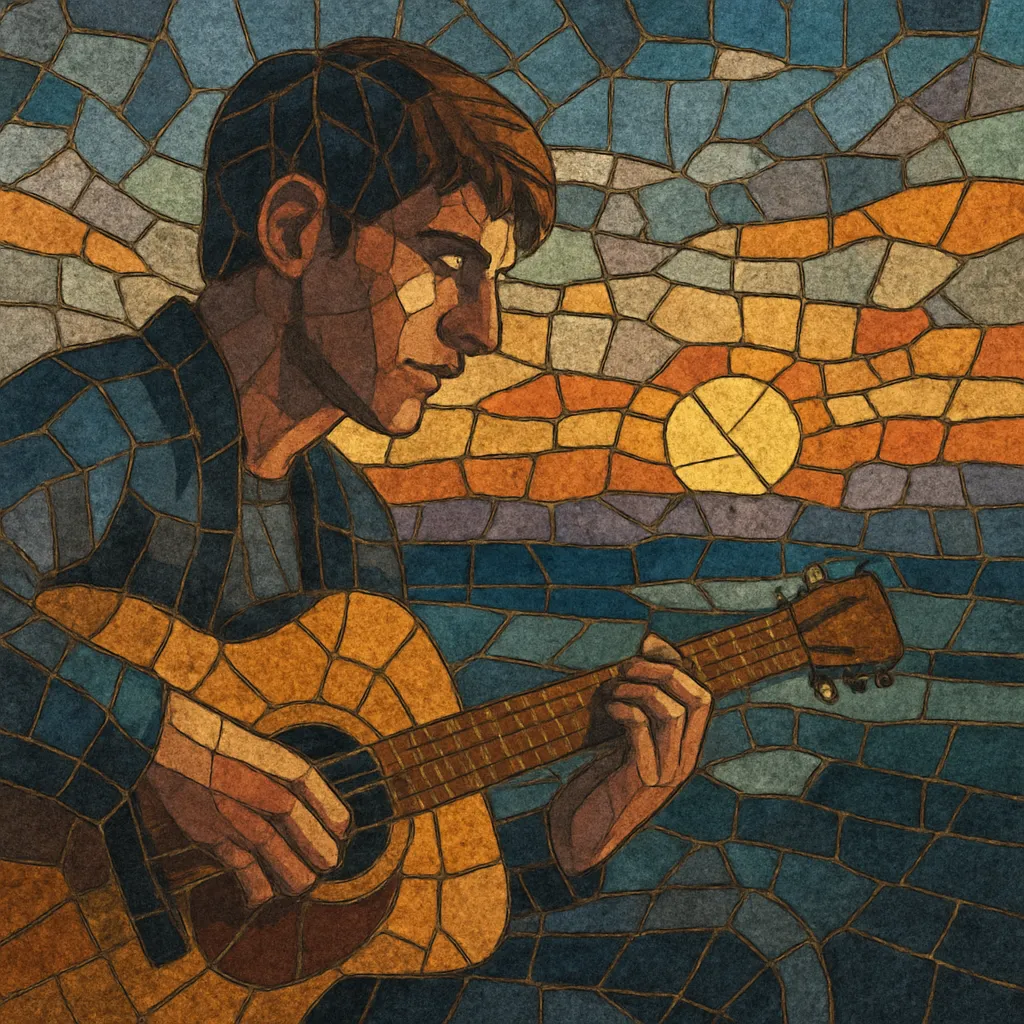
Post-Britpop is a UK guitar-pop and alternative rock movement that emerged in the late 1990s after the decline of Britpop. It retained Britpop’s melodic immediacy and sing‑along choruses but shed the laddish swagger and retro mod affectations in favor of introspective lyrics, polished production, and broader emotional palettes.
Stylistically, it blends clean, chiming guitars, lush piano or string textures, mid‑tempo rhythms, and stadium‑ready hooks. Songs often center on yearning, hope, and everyday relationships, aiming for anthemic uplift without the brashness of earlier Britpop. The sound proved highly exportable, shaping mainstream rock and pop-leaning indie across the 2000s.
As Britpop’s commercial and cultural peak waned, a new wave of British bands pursued a less swaggering, more emotionally open approach. Media began labeling this shift “post‑Britpop,” highlighting groups that retained Britpop’s tunefulness but embraced reflective lyrics and sleeker, international‑facing production. Early standard‑bearers included Travis and Stereophonics, who softened the edges of alternative rock with radio‑friendly songwriting.
The early 2000s saw post‑Britpop become the default sound of UK mainstream rock. Coldplay’s widescreen melancholy, Keane’s piano‑driven anthems, and Snow Patrol’s emotive crescendos redefined chart rock with sing‑along choruses tailored to big rooms and festival stages. Bands like Doves, Elbow, Starsailor, Athlete, and Embrace further diversified the palette, introducing atmospheric textures, orchestral elements, and dynamic slow‑build song structures.
Post‑Britpop’s polish and accessibility facilitated global success, with songs crossing into adult contemporary and pop radio formats. The movement’s hallmarks—clean guitars, soaring hooks, and earnest lyricism—filtered into indie pop and pop rock internationally, informing the sound of 2000s festival circuits and TV/film syncs.
By the 2010s, post‑Britpop’s influence persisted in mainstream‑friendly indie, piano‑led pop rock, and polished indie electronic crossovers. While subsequent waves (post‑punk revival, synth‑leaning indie) shifted fashion, the template of emotionally direct, anthemic British guitar‑pop remained a durable reference point.

